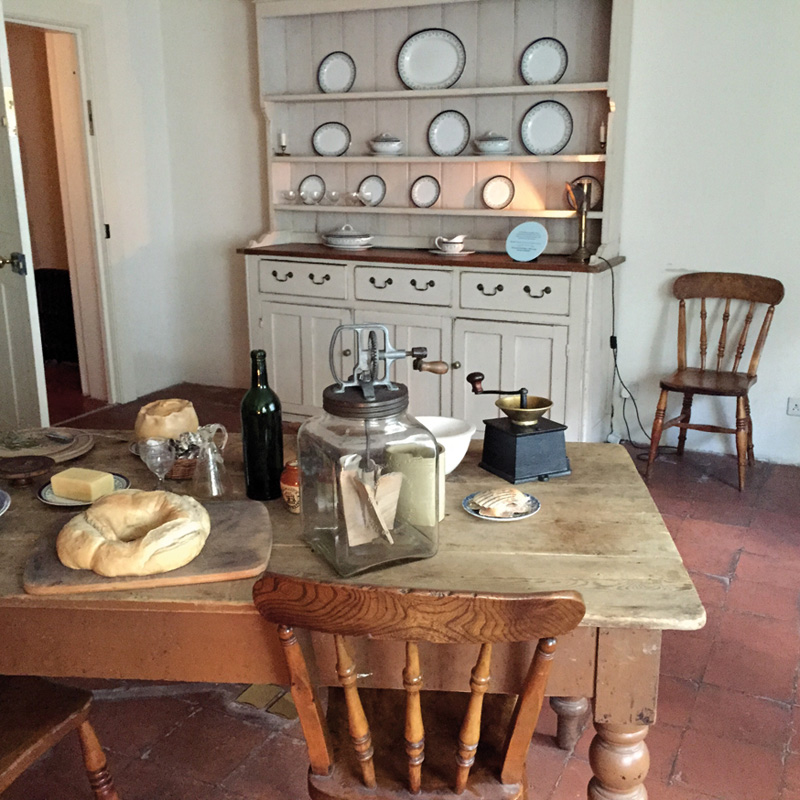

London 1851. What shall we have for dinner? (What will we eat?) The book of the title was published. The work signed by Lady Maria Cuttlerbuck included 42 dining menus, varied, from small dinners for two people to countless banquets for eighteen diners. In Victorian London, interest in gastronomy increased as the number of restaurants cultivating foreign cuisine. This recipe collection soon became a best seller. The original edition of the book has not been preserved and, therefore, we do not know exactly at what time of the year it was published. But by October it had run out, as the second edition was published then. At least five reeditions were made until 1860.
Later it was discovered that it was the pseudonym of Lady Maria Cuttlerbuck, a character of a French comedy, and that the book was written in the house of Devonshire Terrace of the famous writer Charles Dickens.Los experts believe that the prologue was written by the novelist himself, but do not doubt that the content was written by his wife Catherine Dickens (born Catherine Hoth 1879).

Born in Scotland, he married Charles Dickens in 1836 and had ten children. However, as book sales increased, the husband and wife relationship deteriorated. According to her husband, Catherine was an incapable mother and housewife, accused of having had so many children, which caused her many economic headaches. He even said he had mental problems. In June 1858 they separated and Catherine had to leave the house and all children who were not the oldest. And yet, she showed her loyalty to her husband until she died.
In recent years, several works on Catherine Dickens have been released. What shall we have for dinner? In 2005, two studies on the BBC were published, which produced a documentary in 2011... And all of them have used the cookbook to infer that the author has nothing to do with the cartoon of the disability drawn by her husband. Behind this proposed collection of dinners is a practical, working and effective woman, generous, dedicated to satisfying the wishes of others, obedient. A model Victorian woman.